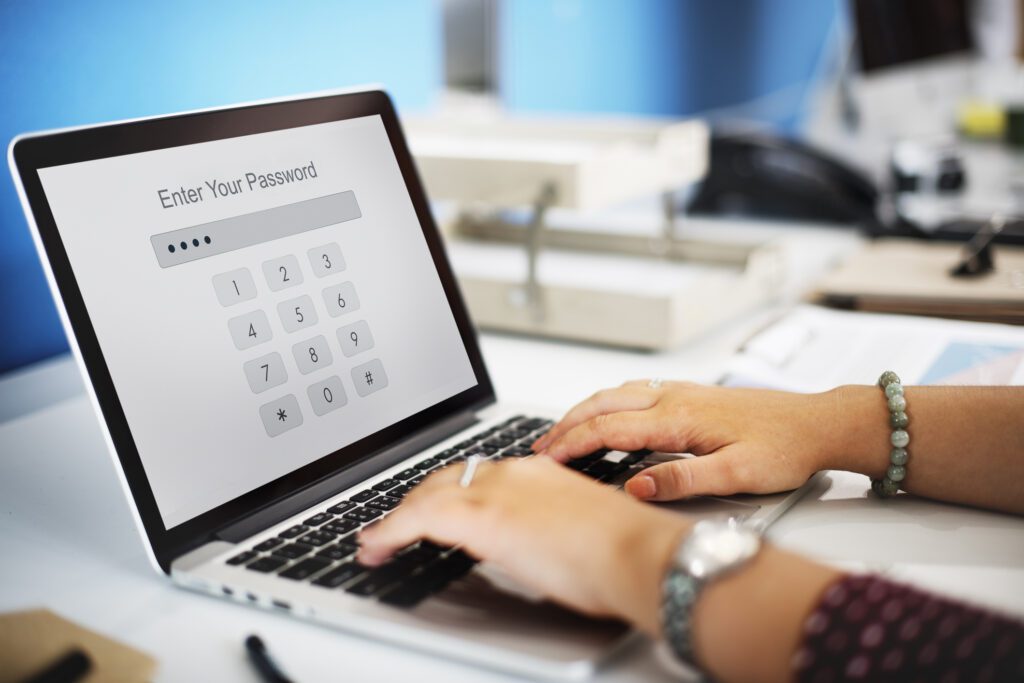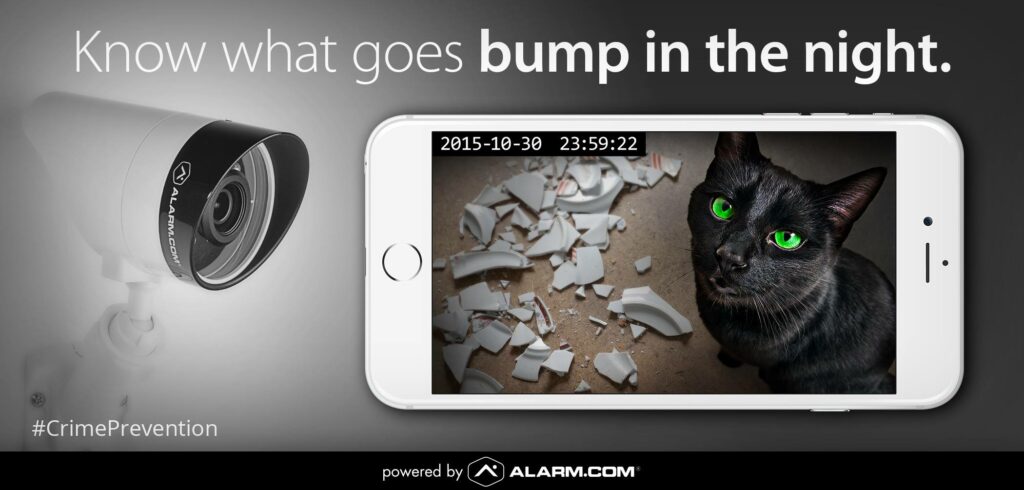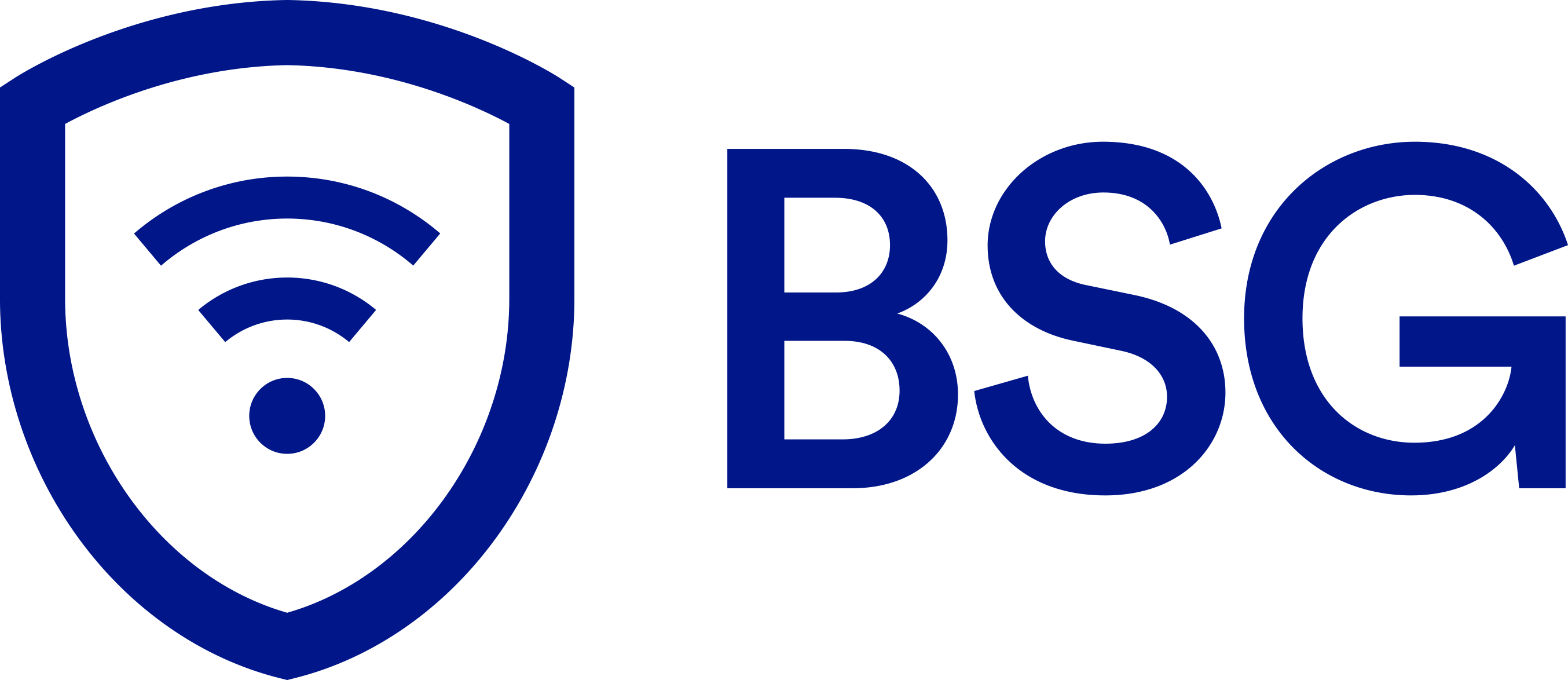Securing Your Smart Home
Common Mistakes to Avoid
Protect your smart home from vulnerabilities by learning about the common security mistakes to avoid. This comprehensive guide provides tips and insights for homeowners to ensure their connected devices are safe and secure.
From smart locks and thermostats to security cameras and voice assistants, these devices offer convenience, energy efficiency, and enhanced security. However, with great power comes great responsibility, and securing your smart home is of utmost importance. To help you navigate this digital landscape, we’ll highlight common security mistakes to avoid.
MISTAKE 1: USING WEAK PASSWORDS
STRENGTHEN YOUR DIGITAL FORTRESS

One of the most common and easily avoidable mistakes is using weak or default passwords for your smart devices. Hackers often target devices with default or easily guessable passwords. To bolster your defenses:
Create Strong Passwords: Use a combination of upper and lower-case letters, numbers, and special characters.
Change Defaults: Always change default passwords to something unique.
Enable Two-Factor Authentication (2FA): Whenever possible, enable 2FA for an extra layer of security.
MISTAKE 2: NEGLECTING FIRMWARE UPDATES
KEEP YOUR DEVICES UP TO DATE
Manufacturers regularly release firmware updates to fix vulnerabilities and improve performance. Failing to update your devices can leave them exposed to security threats. Here’s what you should do:
Enable Automatic Updates: Whenever possible, enable automatic updates to ensure your devices receive the latest security patches.
Regularly Check for Updates: If automatic updates aren’t available, make it a habit to check for updates manually.
MISTAKE 3: OVERLOOKING NETWORK SECURITY
FORTIFY YOUR HOME NETWORK

Your smart devices are only as secure as your home network. Neglecting network security can lead to unauthorized access to your devices. Here’s how to fortify your network:
Strong Router Password: Set a strong password for your router and change it periodically.
Guest Network: Create a separate guest network to isolate guests from your primary network.
Network Encryption: Enable WPA3 encryption for your Wi-Fi network for better protection.
MISTAKE 4: IGNORING PRIVACY SETTINGS
GUARD YOUR DATA
Smart devices often collect data about your habits and preferences. Failing to configure privacy settings properly can expose your personal information. Protect your privacy by:
Reviewing Privacy Policies: Understand what data your devices collect and how it’s used.
Disable Unnecessary Features: Turn off any features that you don’t need or use.
Regularly Review Settings: Periodically review and adjust privacy settings to align with your preferences.
MISTAKE 5: USING UNSECURED DEVICES
CHOOSE SECURE DEVICES
Not all smart devices are created equal when it comes to security. Some may have better security features than others. To minimize risks:
Research Before You Buy: Choose devices from reputable manufacturers known for prioritizing security.
Read Reviews: Look for user reviews and expert opinions on a device’s security.
Consider a Smart Home Hub: Centralized hubs often have enhanced security measures.
MISTAKE 6: NOT MONITORING YOUR SMART HOME
STAY VIGILANT

Regularly monitoring your smart home can help you detect and address security issues promptly. Here’s what you can do:
Set Up Alerts: Configure alerts for unusual activities or unauthorized access.
Review Device Logs: Periodically review device logs for any suspicious activity.
Stay Informed: Keep up-to-date with the latest security threats and best practices.
CONCLUSION
By avoiding these common security mistakes, you can enjoy the benefits of a smart home while keeping your digital domain safe and secure. Remember, the key to smart home security is vigilance and proactive measures. For expert advice and top-notch smart home security solutions, consult BSG (210) 202-0525, your trusted partner in securing your connected home.

